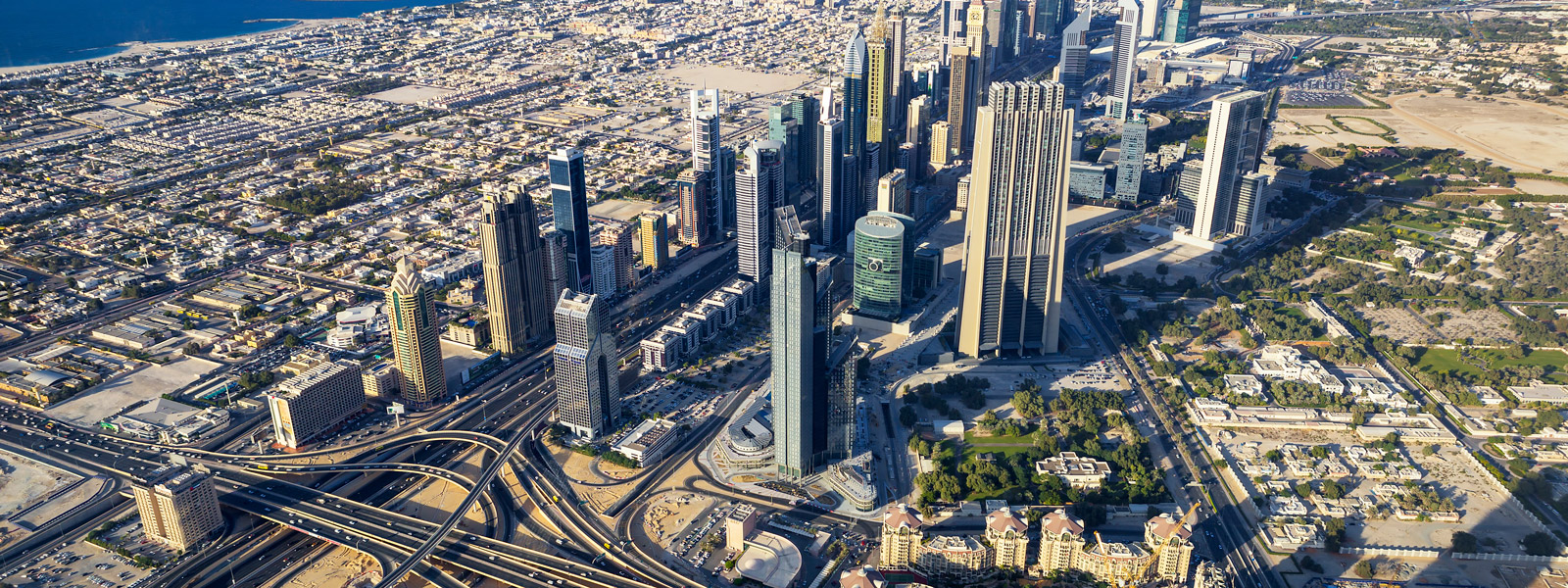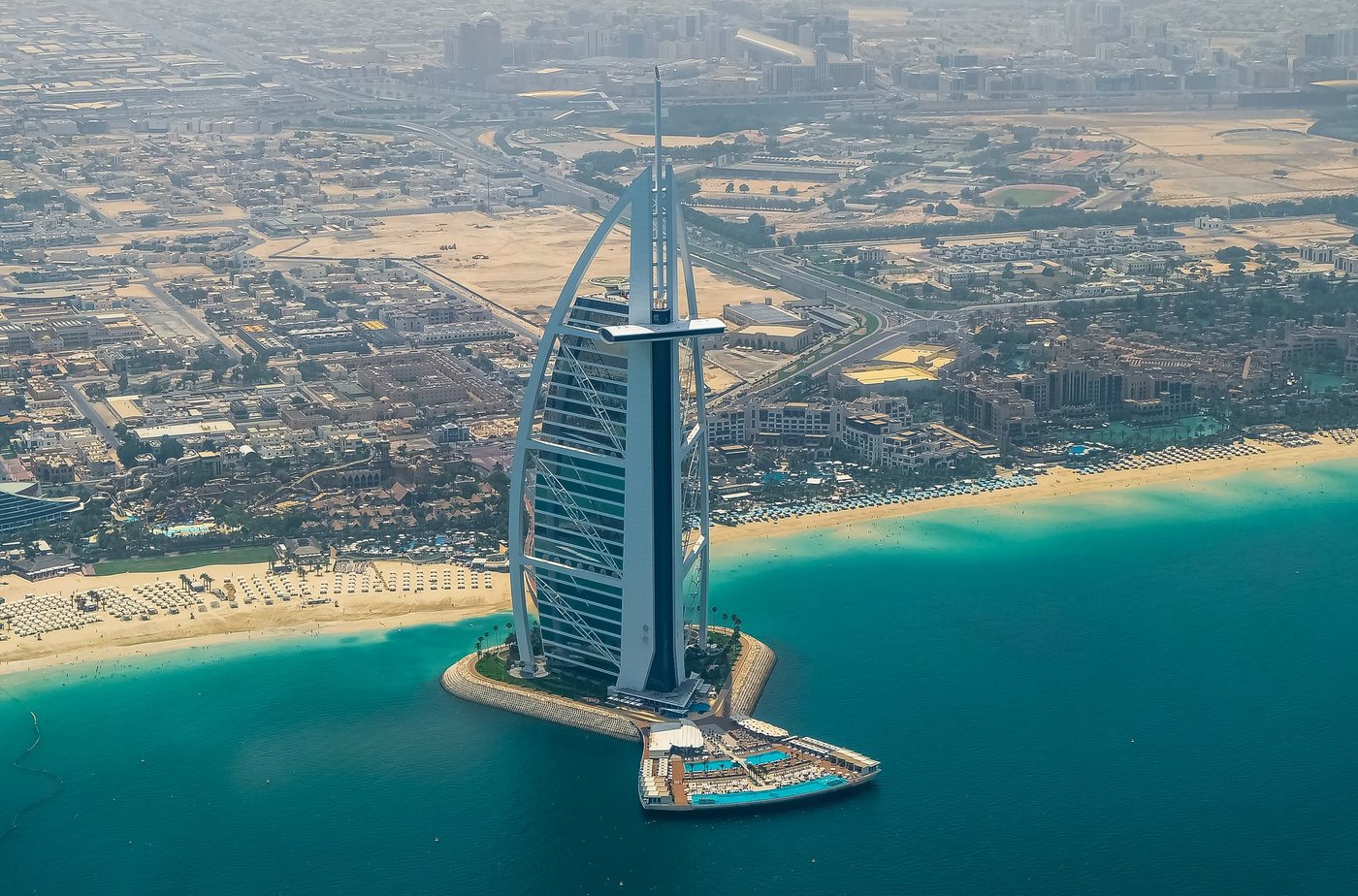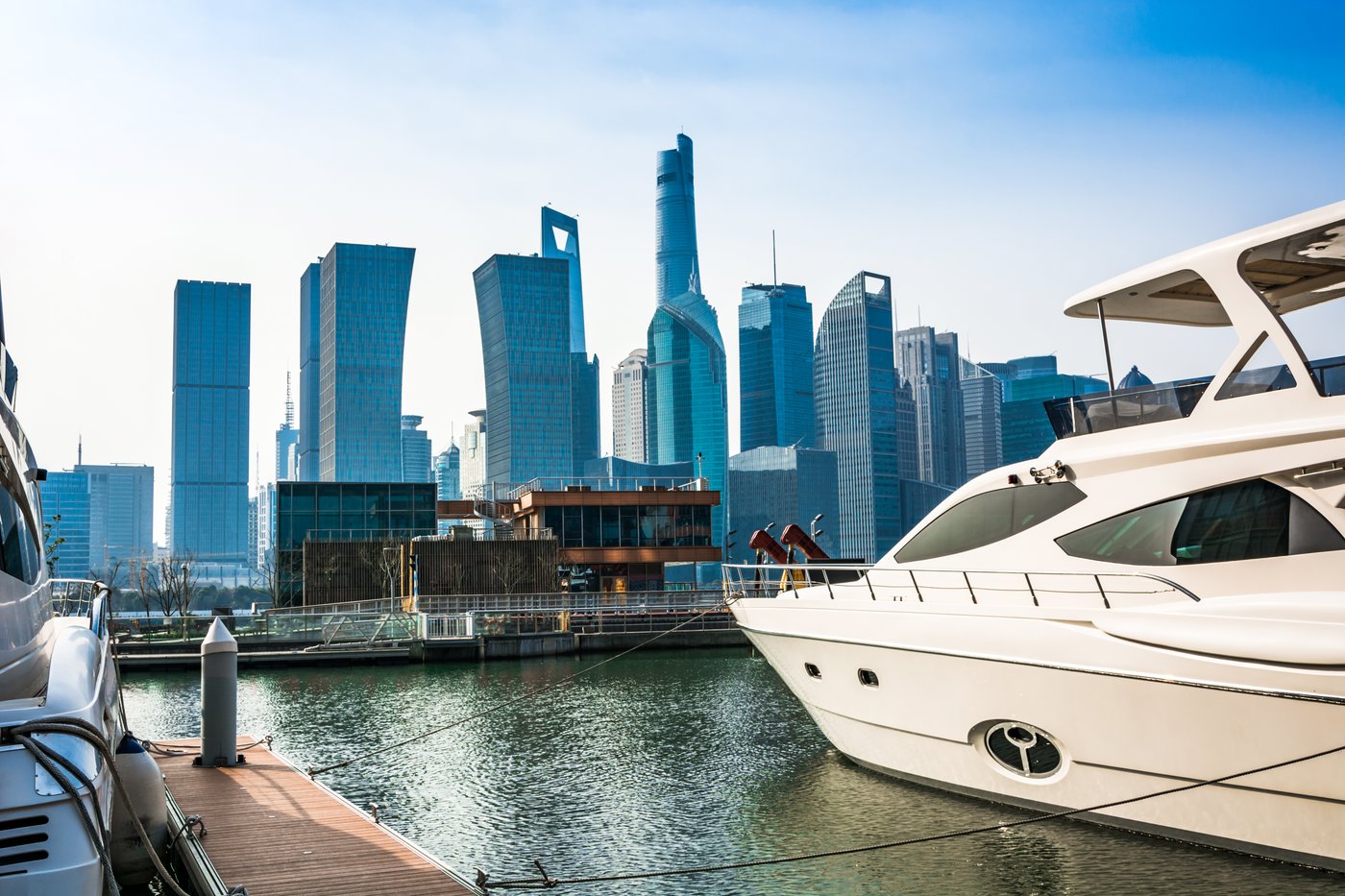
The Gulf Cooperation Council (GCC) region—comprising Bahrain, Kuwait, Oman, Qatar, Saudi Arabia, and the United Arab Emirates (UAE)—is experiencing a tourism renaissance. Once known primarily for their oil wealth, these countries are now leveraging their vast resources to position themselves as global tourism hotspots. Ambitious mega-projects, investments in cultural heritage, and a focus on eco-friendly travel are driving this transformation. The tourism landscape in the GCC is rapidly evolving, and in this article, we will explore the top trends defining the future of tourism in this dynamic region.
The most striking trend in the GCC region is the rise of mega-projects—large-scale developments designed to attract millions of international tourists. These ambitious projects are creating world-class destinations that showcase luxury, entertainment, and innovation.
– Saudi Arabia’s Vision 2030: Saudi Arabia is leading the charge with its Vision 2030 plan, a blueprint to diversify the economy and reduce its dependence on oil. One of the cornerstones of this vision is the development of tourism. Projects like NEOM, a futuristic city powered by renewable energy, and the Red Sea Project, which will feature luxury resorts and eco-friendly tourism, are set to transform Saudi Arabia into a global tourism hub. Additionally, Qiddiya, an entertainment city near Riyadh, will offer theme parks, sports facilities, and cultural experiences, making it a premier destination for family tourism.
– UAE’s Legacy from Expo 2020: Dubai’s Expo 2020 was a resounding success, drawing millions of visitors and showcasing the UAE’s commitment to innovation and connectivity. The legacy of Expo 2020 continues with new developments around the Expo site, including District 2020, a sustainable urban environment designed to host businesses, residents, and tourists. Dubai and Abu Dhabi continue to invest in luxury hotels, entertainment venues, and cultural attractions, ensuring that the UAE remains at the forefront of global tourism.
– Qatar’s Post-World Cup Boom: Hosting the 2022 FIFA World Cup significantly boosted Qatar’s global tourism profile. In the wake of the event, Qatar has invested in further enhancing its tourism infrastructure, including luxury hotels, sports complexes, and cultural attractions. Qatar aims to sustain the momentum from the World Cup by positioning itself as a leading destination for sports tourism and business events.

Cultural and heritage tourism is becoming a key driver of growth in the GCC region, with nations investing heavily in preserving and promoting their rich histories and traditions.
– UAE’s Cultural Landmarks: The UAE has been at the forefront of promoting cultural tourism through projects like the Louvre Abu Dhabi, which has become a symbol of cultural exchange and creativity in the region. Dubai Opera, the Sheikh Zayed Grand Mosque, and the Museum of the Future are other key attractions that blend modern architecture with historical and artistic significance, drawing millions of visitors who are eager to experience the UAE’s unique blend of old and new.
– Saudi Arabia’s Heritage Revival: Saudi Arabia is tapping into its vast historical resources by developing key cultural destinations such as Al-Ula and Diriyah. Al-Ula, with its ancient rock formations, tombs, and archaeological sites, offers visitors a journey back in time. Similarly, Diriyah, the birthplace of the Saudi state and a UNESCO World Heritage site, is being transformed into a cultural and lifestyle destination that celebrates Saudi Arabia’s history and heritage.
– Oman’s Authentic Experiences: Oman has long been a favorite destination for travelers seeking an authentic Arabian experience. The country’s commitment to preserving its traditions is evident in its promotion of heritage tourism. Visitors to Oman can explore ancient forts, vibrant souks, and scenic landscapes that offer a glimpse into the country’s rich history and culture.
With the global demand for sustainable travel on the rise, eco-tourism is becoming an essential part of the tourism strategies in the GCC. These countries are increasingly focusing on balancing tourism growth with environmental preservation.
– Saudi Arabia’s Red Sea Project: The Red Sea Project is at the forefront of sustainable tourism in the region. This development aims to create a luxury tourism destination while preserving the pristine marine environment along the Red Sea coast. The project includes plans for renewable energy use, coral reef conservation, and eco-friendly luxury resorts. Saudi Arabia’s commitment to sustainable development is a key element of its Vision 2030 plan, and eco-tourism is set to play a significant role in the future of the country’s tourism industry.
– Oman’s Leadership in Eco-Tourism: Oman has long been a leader in eco-tourism within the GCC. The country’s stunning natural landscapes, including deserts, mountains, and coastlines, offer visitors the opportunity to engage in sustainable travel activities such as wildlife watching, hiking, and diving. Oman is committed to protecting its natural resources and promoting responsible tourism that supports local communities.
– UAE’s Focus on Green Tourism: The UAE is also making strides in promoting sustainability within its tourism sector. Dubai, for example, has introduced several eco-friendly hotels and resorts that incorporate renewable energy, water conservation, and waste reduction. The country is also developing sustainable tourism initiatives, such as Hatta, which offers outdoor activities like hiking and kayaking while promoting environmental stewardship.

The GCC region has long been synonymous with luxury travel, and this trend continues to evolve as travelers seek more personalized and experiential forms of luxury.
– UAE’s Expanding Luxury Offerings: The UAE continues to lead the region in luxury tourism, with Dubai and Abu Dhabi offering world-class hotels, fine dining, and exclusive experiences. However, there is a growing demand for experiential luxury, where visitors seek out unique and immersive experiences. From desert safaris to yacht cruises and personalized wellness retreats, the UAE is catering to a new wave of luxury travelers who want more than just opulence—they want unforgettable moments.
– Saudi Arabia’s New Luxury Paradigm: Saudi Arabia is positioning itself as a new frontier for ultra-luxury travel. The Red Sea Project and NEOM are not just about luxury accommodations; they are about creating extraordinary experiences that blend sustainability with exclusivity. Travelers will have the opportunity to explore untouched natural landscapes, indulge in world-class amenities, and experience Saudi Arabia’s culture in a luxurious and personalized way.
As technology continues to advance, GCC nations are increasingly integrating smart tourism solutions to enhance visitor experiences and streamline operations.
– UAE’s Smart Cities: The UAE, particularly Dubai, has been a pioneer in adopting smart city technologies. From AI-powered travel apps to contactless payments and facial recognition at airports, Dubai is creating seamless travel experiences for its visitors. Smart transportation systems and digital infrastructure ensure that tourists can navigate the city with ease and convenience.
– Qatar’s Digital Innovation: Qatar is also embracing digital tourism solutions, leveraging AI, virtual reality, and augmented reality to enhance the visitor experience. Whether it’s virtual tours of historical sites or AI-driven concierge services at luxury hotels, Qatar is positioning itself as a leader in digital tourism innovation.

The GCC region is on the cusp of a new era in tourism, driven by mega-projects, cultural heritage, sustainability, luxury experiences, and digital innovation. As these nations continue to diversify their economies and enhance their global profiles, tourism will play an increasingly important role in shaping the future. The blend of tradition and modernity, coupled with a commitment to sustainability and innovation, ensures that the GCC region will remain a key player in the global tourism landscape for years to come.